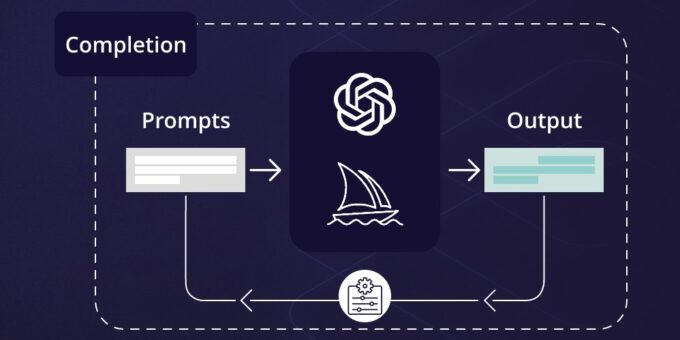
what is prompt engineering?
Prompt engineering is the process of designing and refining prompts that are used to interact with language models like GPT-3. It involves crafting specific and well-structured prompts that can guide the model’s output in a desired direction.
The goal of prompt engineering is to improve the quality of responses generated by the language model and make it more accurate and useful for a specific task or application. This is achieved by providing relevant context and information to the model, which helps it to better understand the intent and meaning behind the prompt.
What to do with prompt engineering
Maximize the power of GPT-3 with prompt engineering. Craft-focused, specific prompts guide the model’s output in a desired direction. Our article explains how to improve accuracy, reduce bias, and increase the usefulness of language models for natural language processing, chatbots, and virtual assistants. Learn how to create engaging prompts, use feedback to refine your approach, and overcome limitations. Start leveraging the full potential of GPT-3 with prompt engineering today.
The process of prompt engineering involves a combination of creativity, technical knowledge, and trial-and-error experimentation. It requires an understanding of the underlying architecture of the language model, as well as an ability to effectively communicate with the model using natural language.
Overall, prompt engineering is an important tool for maximizing the potential of language models like GPT-3, and it has a wide range of applications in fields like natural language processing, chatbots, and virtual assistants.
here are 20 tips for using Prompt Engineering in Chat GPT:
- Start with a clear goal in mind for your prompt. What specific task or question do you want Chat GPT to help you with?
- Identify the key concepts and keywords related to your prompt. Use these to craft your prompt in a way that’s specific and focused.
- Consider the audience you’re writing for. What tone and language will resonate with them?
- Experiment with different prompts and see what works best. Don’t be afraid to try different approaches and iterate.
- Use the built-in tools and features of Chat GPT, such as autocomplete and suggested completions, to help you refine your prompt.
- Consider the context in which your prompt will be used. Is it part of a larger conversation or project? Make sure your prompt aligns with this context.
- Think about the potential responses you might receive from Chat GPT based on your prompt. Are they likely to be relevant and useful?
- Use examples and templates to guide your prompt creation. You can find many resources online to help you get started.
- Be specific and clear in your prompt. Avoid ambiguity and use concrete language.
- Use natural language and avoid overly technical jargon or terminology.
- Test your prompts with different variations and scenarios to see how Chat GPT responds.
- Use prompt conditioning to refine Chat GPT’s responses. This involves adding additional prompts to guide the model’s output.
- Be mindful of bias in your prompts. Make sure they are inclusive and avoid perpetuating stereotypes or harmful ideas.
- Consider the structure and format of your prompt. Is it a question, statement, or command? This can impact how Chat GPT responds.
- Use relevant data and information to inform your prompt creation. This can help ensure that Chat GPT is providing accurate and useful responses.
- Use prompts that are engaging and interesting to keep the conversation flowing.
- Avoid overly long or complex prompts that might confuse Chat GPT or overwhelm the model.
- Be aware of the limitations of Chat GPT and adjust your prompts accordingly. Don’t expect the model to perform tasks outside of its capabilities.
- Use feedback from previous interactions with Chat GPT to inform your prompt creation. This can help you refine your approach and improve future interactions.
- Finally, be patient and persistent. Prompt engineering is an ongoing process that requires practice and experimentation to master.

